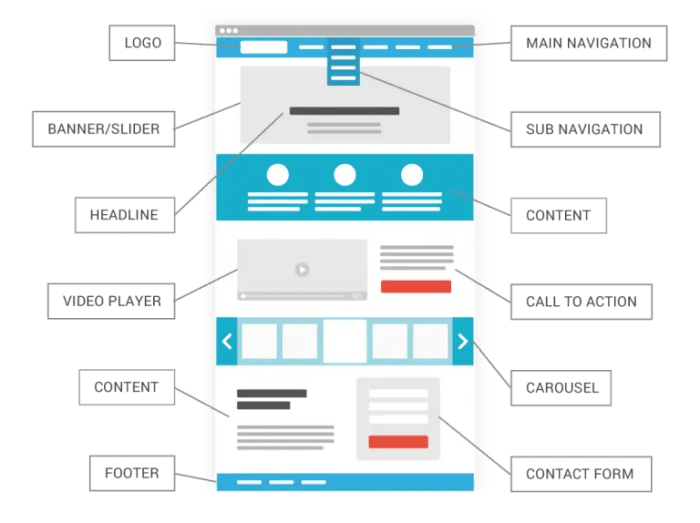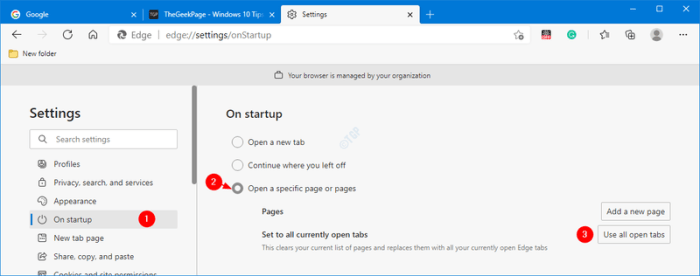Joel wants to find a specific webpage – Embarking on a journey to locate a specific webpage, this guide delves into the intricacies of user intent, webpage identification, quality evaluation, result presentation, and user interaction. Join us as we unravel the secrets of effective webpage retrieval.
Understanding the user’s intent lies at the heart of successful webpage identification. Factors such as search query, context, and device play a crucial role in shaping the user’s goal. Search engines employ a combination of web crawlers, indexing, algorithms, and ranking factors to identify relevant webpages that align with the user’s intent.
Understanding the User’s Intent
When a user searches for a specific webpage, their intent is to find a page that meets their specific need or query. The user’s intent can be influenced by various factors, such as the search query itself, the context in which the search is being conducted, and the device being used.
Identifying Relevant Webpages: Joel Wants To Find A Specific Webpage

Search engines use a variety of methods to identify relevant webpages that match the user’s intent. These methods include web crawling, indexing, and ranking algorithms. Web crawlers visit webpages and collect information about their content, which is then stored in an index.
Ranking algorithms use this information to determine the relevance of webpages to a particular search query.
Evaluating Webpage Quality

The quality of a webpage can be evaluated based on several criteria, including content accuracy, credibility, and relevance. User engagement metrics, such as click-through rate and dwell time, can also be used to assess webpage quality. Additionally, factors such as website reputation and authoritativeness should be considered.
Presenting Search Results

Search engines present search results to users in a variety of ways, including ranked lists, snippets, and featured snippets. The presentation of results is optimized to enhance user experience and satisfaction. Visual elements, such as images and videos, may also be included in search results.
User Interaction with Search Results
Users interact with search results in various ways, such as clicking on links, hovering over snippets, and using filters. User behavior can influence the ranking and presentation of search results. Personalization and user preferences also play a role in shaping the search experience.
Helpful Answers
What are the key factors influencing user intent when searching for a specific webpage?
Search query, context, and device are among the primary factors shaping user intent.
How do search engines identify relevant webpages?
Search engines utilize web crawlers, indexing, algorithms, and ranking factors to determine the relevance of webpages.
What criteria should be considered when evaluating webpage quality?
Content accuracy, credibility, relevance, user engagement metrics, website reputation, and authoritativeness are important criteria for webpage quality evaluation.